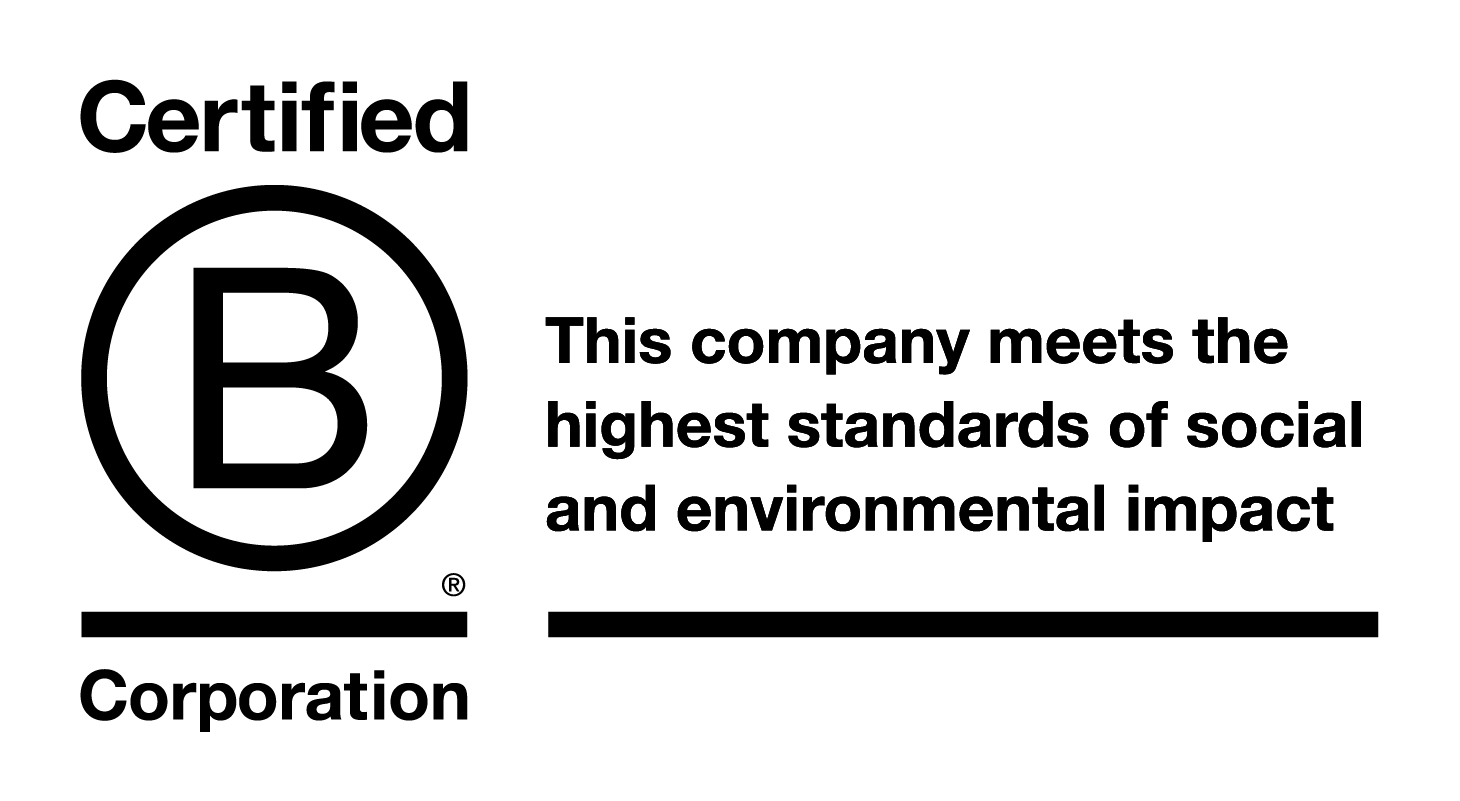Go the extra mile
Towards a cooler planet
How to offset your holiday emissions through OTA partnerships
Travel has a significant impact on the environment. Every journey contributes to Global carbon emissions worldwide. As a result, demand for ecologically compatible travel options is rising. 90% of tourists now look for sustainable options, according to studies.
In this change, online travel agencies, or OTAs, are essential. They assist tourists in making wise, environmentally responsible choices. People can lessen their environmental impact by collaborating with OTAs. These partnerships provide workable ways to offset carbon emissions.
The ways that OTAs are promoting sustainability are examined in this article. It draws attention to their projects and the advantages for tourists. Find out how these collaborations are influencing environmentally supportive travel in the future.

Understanding the impact of holiday travel on carbon emissions
Holiday seasons see a spike in carbon emissions from travel. According to Sustainable Travel International, tourism is responsible for 8% of the world's carbon emissions. It is therefore a major cause of environmental problems. 2.4% of the world's CO2 emissions come from aviation alone. Depending on the distance and cabin class, flights emit 0.14 to 0.55 kg of emissions per kilometer. These figures demonstrate how expensive air travel is for the environment.
The emission levels of various modes of transportation vary. Compared to flying, trains and buses are more environmentally compatible. For instance, compared to a short-haul flight, a train trip emits substantially less CO2. Travel activity increases by 25% during the holidays. This increase increases tourism's carbon footprint. The average American's carbon footprint from travel is significant, according to the EPA, particularly during periods of high travel demand.
Emissions are also influenced by aircraft-specific factors. Pollution from older models and less fuel-efficient aircraft is higher. The environmental impact of flights is lessened by the use of newer, energy-efficient aircraft. Making wise travel decisions requires an understanding of these elements. People can reduce their carbon footprint and help create a healthier planet by choosing sustainable travel options.


How do OTA partnerships help? what are they?
The way people approach environmentally compatible travel is changing as a result of online travel agencies. To promote environmentally compatible travel options, these platforms work with hotels, airlines, and non-governmental organizations. These collaborations seek to give tourists more environmentally compatible options while lessening the negative effects of tourism.
The Travalyst coalition is one important initiative. Members such as Booking.com, Expedia, and Skyscanner collaborate to standardize sustainability metrics. This framework aids businesses in assessing and enhancing their environmentally compatible operations. Additionally, it guarantees openness for tourists looking for low-impact travel choices.
Another example is Expedia's UNESCO Sustainable Travel Pledge. This initiative promotes eecologically compatible hotel operations. Participating hotels have seen a 25% increase in bookings since its inception. This demonstrates how carbon offsetting initiatives can promote corporate expansion and sustainability.
Additionally, OTAs compile traveler carbon offset programs. For example, Hopper Trees enables users to offset their travel-related emissions by planting trees. Individuals can more easily contribute to environmental conservation through such programs. The number of people taking part in OTA sustainability initiatives has increased dramatically. Sixty percent of OTAs had sustainable programs in 2022. This percentage increased to 75% by 2023.
These initiatives show how dedicated the travel sector is to sustainability. Travelers can make environmentally supportive decisions by collaborating with OTAs.
How to use OTA partnerships to offset your holiday emissions
OTA tools are making sustainable travel options more accessible. Websites such as Booking.com and Skyscanner offer tools to assist tourists in making environmentally supportive choices. The process of lowering carbon footprints is made easier by these tools.
Eco-certified lodging is highlighted by Booking.com's Travel Sustainable Badge. Users can compare flights according to their carbon output by using Skyscanner's emissions filters. These characteristics enable tourists to select more environmentally compatible options. The offset procedure is illustrated by the direct flight suggestions on Kiwi.com. When compared to connecting flights, direct flights frequently have lower emissions per passenger. This strategy lessens the negative effects of air travel on the environment.
Transparency is guaranteed by third-party certifications such as Green-e and Gold Standard. The legitimacy of carbon offset programs is confirmed by these certifications. When choosing sustainable travel options, travelers can rely on these labels. Accurate emissions data is provided by Atmosfair's aircraft-specific calculator. Sample trip emissions for various flight routes are displayed in the table below:
OTA-hotel partnerships also play a key role. Agoda’s WWF-linked Eco Deals promote sustainable accommodations. These initiatives encourage travelers to support sustainable tourism. By leveraging these tools and partnerships, travelers can make informed decisions. These efforts contribute to a more sustainable travel industry.
The benefits of choosing sustainable travel options
Sustainable travel is gaining traction as more people prioritize ecologically compatible choices. This shift benefits both the environment and travelers. Studies show that sustainably-marketed products grow 5.6 times faster than conventional ones. This trend highlights the growing demand for nature-oriented travel options.
Travelers can reduce their carbon footprint by 30-50% using OTA features. Skyscanner’s low-emission flights have been chosen by 68 million travelers since 2019. These tools make it easier to make eco-conscious decisions without compromising convenience.
Supporting local communities is another key benefit. 66% of travelers prefer destinations that contribute to local economies. Sustainable travel fosters economic growth in underserved areas while preserving cultural heritage.
Exclusive deals, like Agoda’s 15% Eco Deals discount, make sustainable travel more affordable. These incentives encourage travelers to choose ecologically compatible accommodations. Companies also benefit by improving their corporate sustainability metrics.
Future-proofing travel habits is essential as regulations evolve. Sustainable travel prepares individuals and businesses for upcoming climate policies.

How OTAs are educating travelers on sustainability
Education plays a key role in sustainable travel decisions. Travelers need clear and actionable information to make low-impact choices. Online platforms are stepping up to fill this gap. Momondo’s sustainability blog and Trip.com’s green tips provide practical advice. These resources help travelers understand their environmental impact. They also offer actionable steps to reduce carbon footprints. Transparency is another focus area. Kayak’s CO2 calculation explanations break down emissions data. This helps users make better decisions when booking flights or accommodations.
Expedia’s environmental tip database is a valuable resource. It offers insights into sustainable practices for travelers. Hotels with UNESCO badges saw a 25% increase in bookings compared to non-badge properties. Booking.com’s annual Sustainable Travel Report evaluates trends and effectiveness. This page provides data-driven insights into traveler behavior. It also highlights the growing demand for sustainable options.
Gojek’s empathy-driven UX model focuses on emotional engagement. It uses storytelling to connect users with sustainability goals. This approach makes sustainable choices more relatable and impactful. By providing accessible information, OTAs empower travelers to make informed decisions. These efforts contribute to a more sustainable travel industry.

Innovative features OTAs are introducing for sustainable travel
Travel platforms are introducing advanced features to support sustainability. These tools help travelers make ecologically compatible choices with ease. From emission sorters to dynamic packaging, these innovations are reshaping the way people plan their journeys. Skyscanner’s Greener Choices now include car rentals. This expansion allows users to compare ecologically compatible options across multiple travel modes. Kayak’s "Least CO2" sorter uses Atmosfair data to rank flights by carbon output. Google Flights also displays aircraft-specific emissions, helping travelers choose nature-oriented flights.
Comparing emission sorters reveals key differences. Momondo highlights low-emission routes, while Kayak focuses on CO2 rankings. Google Flights provides detailed aircraft data, offering a comprehensive view of emissions. These tools empower travelers to make informed decisions.
Skyscanner’s route-specific crowding predictions reduce over-tourism. Virtual reality tours are another innovative feature. They allow travelers to explore destinations without the need for exploratory travel, cutting down on unnecessary emissions. Dynamic packaging, like Kiwi.com’s train+flight combos, offers a nature-oriented way to travel. AI-powered itinerary optimizers further minimize carbon output by suggesting the most efficient routes. These features are paving the way for a more sustainable travel industry.

Challenges in adopting sustainable travel practices
Adopting sustainable travel practices faces several obstacles. Both consumers and businesses encounter hurdles in making sustainable travel a reality. These challenges range from cost perceptions to technical limitations. Cost remains a significant barrier. A recent analysis found that 72% of travelers are unwilling to pay more than a 5% premium for low-impact options. This reluctance slows the adoption of sustainable travel initiatives.
Data standardization is another issue. Over 150 certification programs exist worldwide, creating confusion for businesses and travelers. Without a unified framework, comparing low-impact options becomes difficult. Technical limitations also hinder progress. Real-time emission tracking is still in its early stages. This makes it challenging for consumers to measure their environmental impact accurately.
Regional disparities further complicate the adoption of sustainable travel. North America shows higher participation rates compared to Asia, where offset participation is 40% lower. Solutions are emerging to address these challenges. Travalyst’s unified framework aims to standardize sustainability metrics. This initiative helps businesses and consumers make informed decisions.
By tackling these obstacles, the world of sustainable travel can move closer to widespread adoption. Collaboration between stakeholders is key to overcoming these barriers.
How OTAs Are Collaborating with Airlines and Hotels
How OTAs Are Collaborating with Airlines and Hotels
Collaborations between OTAs, airlines, and hotels are driving sustainable travel. These partnerships focus on reducing environmental impact while offering sustainable options. Companies like Expedia and Booking.com are leading the way with innovative programs.
Expedia’s Key Travel partnership with Cool Effect offsets hotel emissions. This initiative helps reduce the carbon footprint of accommodations. Booking.com has certified over 100,000 sustainable properties, making it easier for travelers to choose ecologically compatible hotels.
Airline data-sharing agreements are another key focus. These agreements provide fuel efficiency metrics, helping airlines optimize their routes. This reduces emissions and improves sustainability across the industry.The Boutique Hotel Partnership Program has shown significant success. Participating hotels have seen a 20% increase in bookings. This highlights the growing demand for sustainable accommodations.
IATA’s partnership with OTAs on Sustainable Aviation Fuel (SAF) is another milestone. SAF reduces emissions by up to 80% compared to traditional fuels. This collaboration is paving the way for more efficient air travel. Trip.com’s integrated carbon program with CHOOOSE is a notable case study. This program allows travelers to offset their emissions directly through the platform. It simplifies the process of making ecologically compatible travel choices.
Blockchain solutions are being explored for transparent offset tracking. These technologies ensure accountability and accuracy in carbon offset programs. They provide travelers with confidence in their sustainable travel decisions.
Making Your Travel More Sustainable
Travelers can make a big difference by changing small habits. For example, taking trains instead of planes can cut CO2 emissions by 75%. This is according to a study by Expedia Group.
Here are some easy ways to make your travel nature-oriented:
- Pack reef-safe sunscreen, like for Costa Rica’s marine parks. It's a must at places like SCP Corcovado.
- Use public transport when you can. In Costa Rica, 94% of eco-lodges offer shuttle services to cut down on carbon.
- Offset flights through platforms like MyClimate. This is an option in 80% of Expedia bookings.
- Choose accommodations that report on their CSR efforts. For example, Lapa Rios publishes annual sustainability audits.
- Travel during off-peak seasons. This reduces overcrowding and strain on resources, making it a nature-oriented choice.
These practices not only help the environment but also make your trip better. By choosing wisely, you can help make the future nature-oriented.
The Future of Sustainable Travel with OTAs
The next decade will redefine how we approach environmentally conscious travel. The carbon offset market is projected to reach $8.4 billion by 2030, according to Allied Market Research. This growth reflects the increasing demand for sustainable travel options.
Towards sustainable travel, OTAs are leveraging advanced technologies. AI-driven personal carbon budgeting tools are expected to become mainstream. These tools will help travelers track and manage their carbon footprints in real time.
Tokenized carbon credits are another innovation. These credits can be integrated into loyalty programs, allowing travelers to earn rewards for ecologically supportive choices. This approach makes sustainability a part of everyday travel habits. Regulatory impacts are also shaping the industry. The EU’s Carbon Border Adjustment Mechanism will influence global travel practices. OTAs are preparing to adapt to these changes by offering compliant products and services.
Prototype features like augmented reality impact visualizations are in development. These tools will show travelers the environmental effects of their choices. Space-constrained tourism models are also being explored to address overcrowding in popular destinations. Google’s eco-certified hotel badges have grown by 300% since 2021. This highlights the increasing adoption of sustainable practices in the hospitality industry. These advancements demonstrate the travel industry’s commitment to sustainability. By embracing these innovations, travelers can contribute to anecologically compatiblefuture.
Taking action: your role in sustainable travel
Every trip offers an opportunity to work towards sustainable travel. By using tools like the Conservation International calculator, travelers can reduce their average footprint by 18%. Programs like Gold Standard help offset carbon emissions, removing 2.5 tons of CO2 per $100 spent. Travelers can make better decisions by creating personal action plans with OTA tools. Implementing a 3-step verification process ensures the credibility of offset programs. Advocacy for sustainability features through feedback channels can drive industry improvements.
Combining individual actions with policy engagement amplifies impact. Setting measurable annual goals using EPA tracking tools provides a clear roadmap. These ways empower travelers to contribute to an ecologically oriented future while enjoying their trips responsibly.
17 South Street
Auckland 1010
New Zealand
info@carbonclick.com- -
- X
Sign up. Be inspired. Get clicking.
Subscribe now to stay up to date with CarbonClick, carbon offsetting and climate action.
By signing up you agree to our Privacy Policy.


